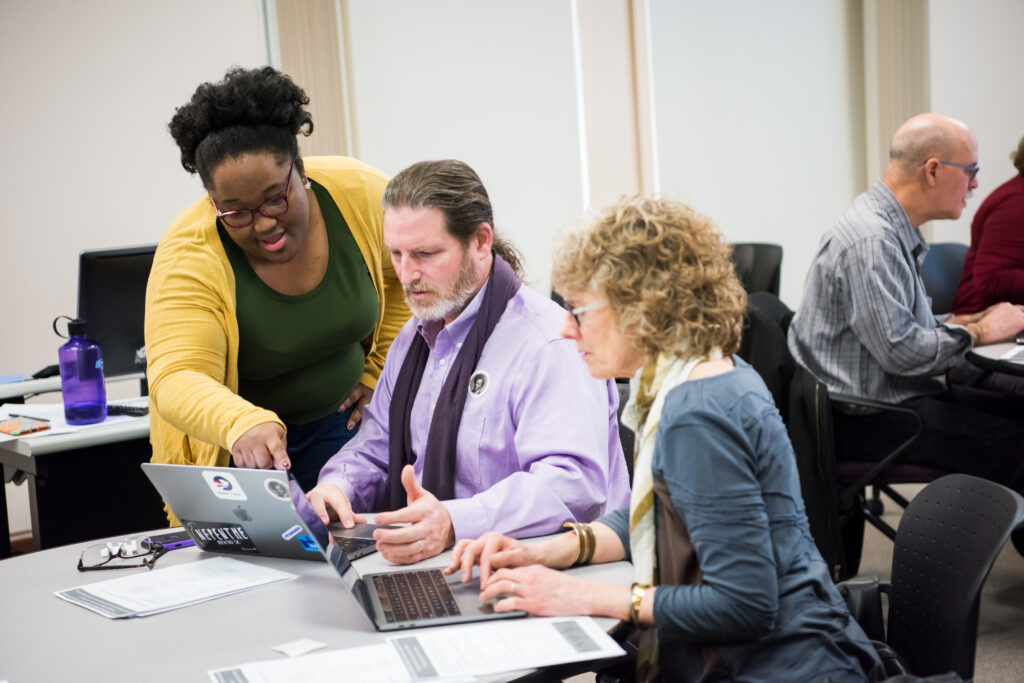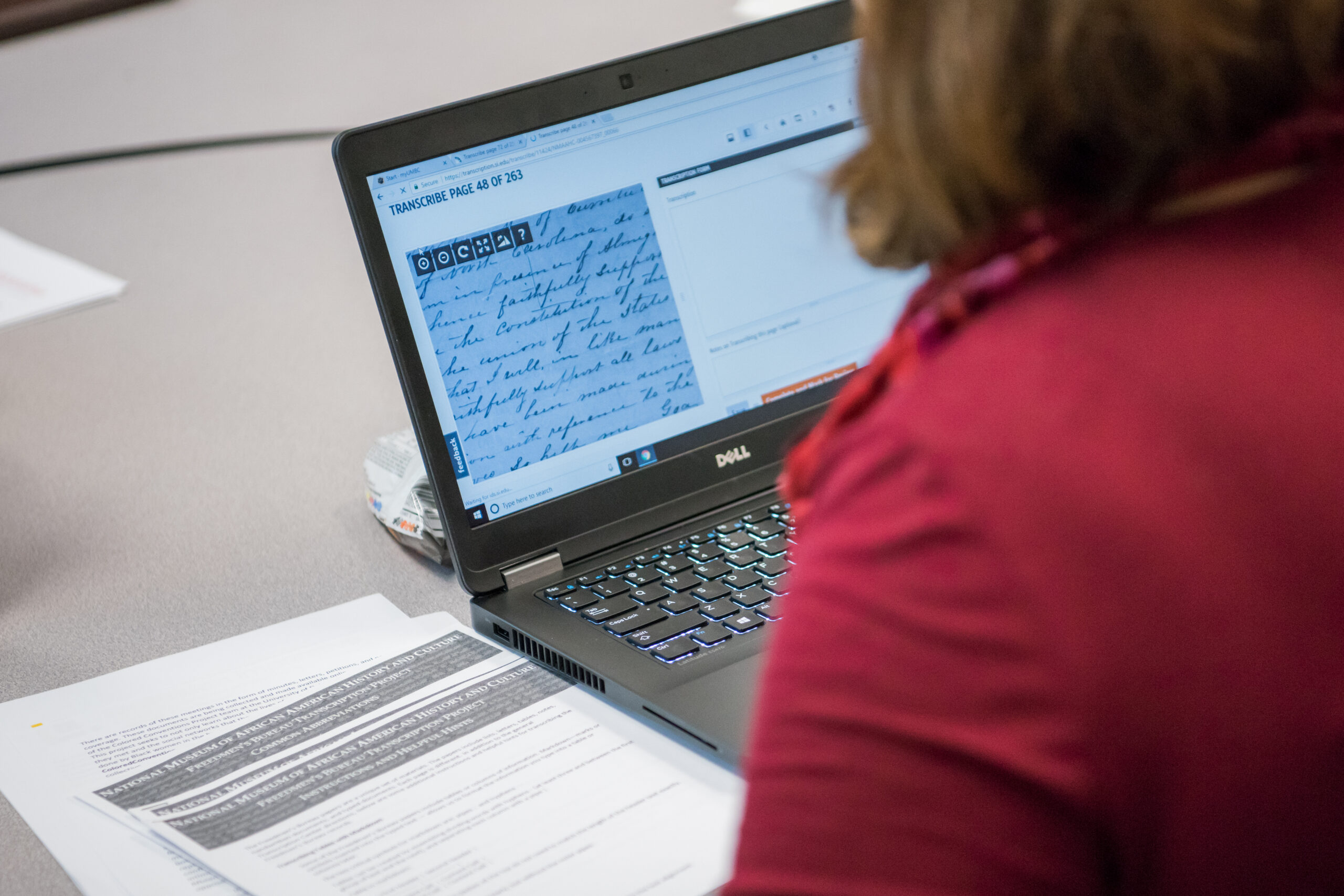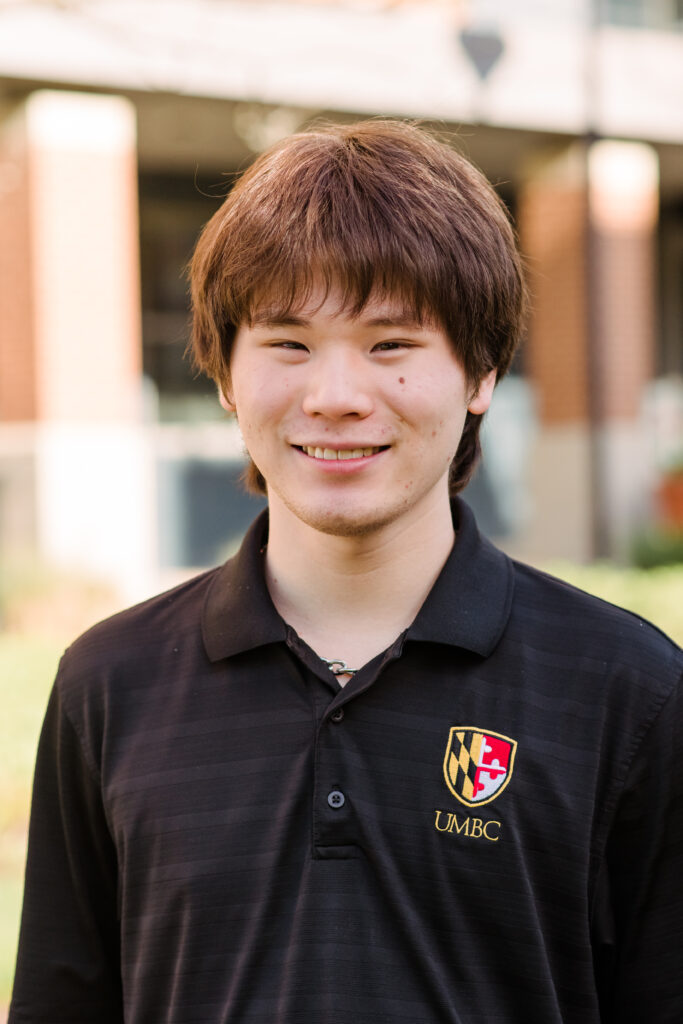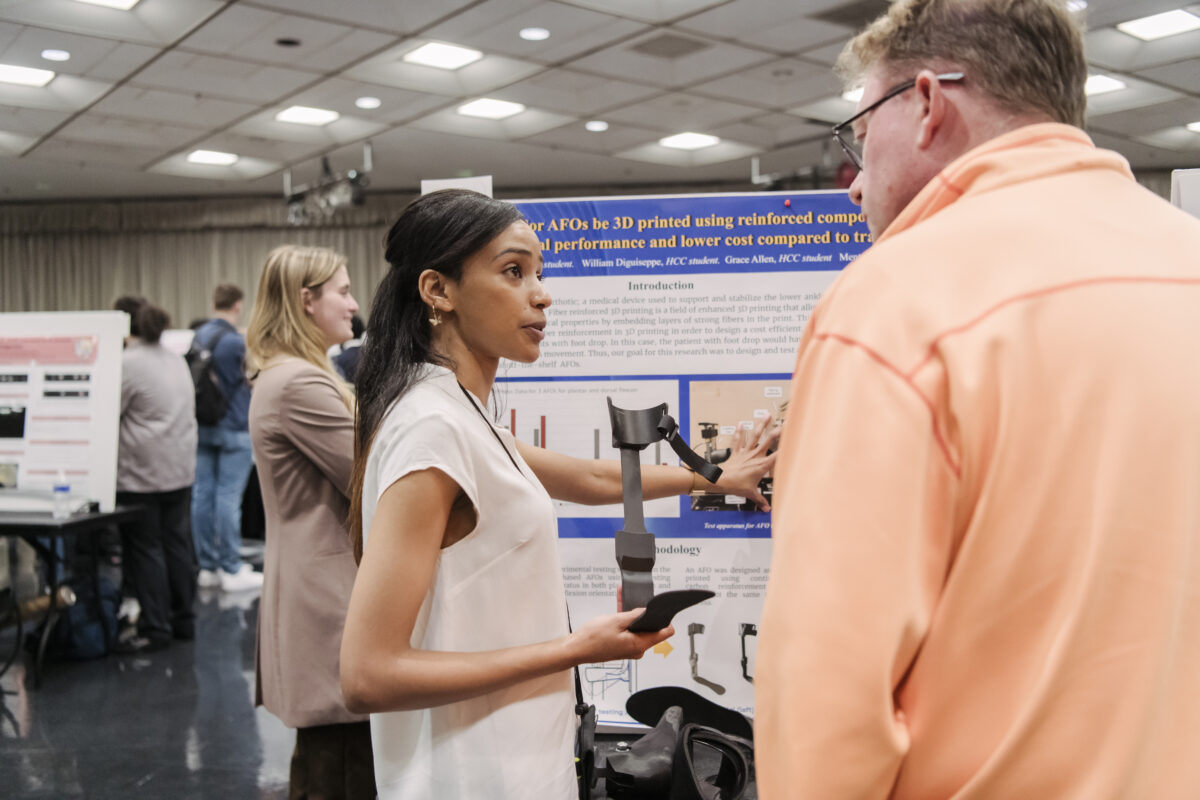The UMBC Dresher Center for the Humanities will host its second Humanities Teaching Lab (HT Lab) on Thursday, March 8, with a focus on how digital media tools can help boost access to and further equity in humanities education and research. The HT Labs theme “Digital Humanities and Difference in Research and Teaching” extends a conversation already underway in the vibrant humanities community convened through UMBC’s new Inclusion Imperative program, funded by the Andrew W. Mellon Foundation.
Roopika Risam, assistant professor of English and secondary English education at Salem State University, will deliver the keynote address in the UMBC Dresher Center for the Humanities in the Performing Arts and Humanities Building from, 11:30 – 1 p.m. Risam, who wrote the book New Digital World: Postcolonial Digital Humanities in Theory, Practice, and Pedagogy, will discuss her new project Mapping W.E.B. DuBois. Joining her will be UMBC faculty panelists Anne Sarah Rubin, professor of history and associate director of the Imaging Research Center; Bryce Peake, assistant professor of media and communication studies; Tania Lizarazo, assistant professor of modern languages, linguistics, and intercultural communication; and Drew Holladay, assistant professor of English.

The expanded use of digital tools has enabled new, visionary kinds of humanities work in formats that would have been impossible ten or twenty years ago. It has also increased the visibility and accessibility of existing humanities research that pushes the boundaries on issues of race, community, equity, access, and agency.
“The way I make sense of the giant field of digital humanities is that it emphasizes human creativity and how people creatively engage with issues of oppression and segregation,” says Peake. On one hand, he explains, “this approach is a way to help students use digital tools to create humanities scholarship through coding.” At the same time, “it is also a way of helping students think critically about existing humanities work through data science analysis by teaching them how to the understand algorithms that guide us to sources, how to talk to data scientists, and how to understand the social media platforms that they rely on to do humanities work.”
Risam, who focuses on what a postcolonial critique brings to the digital humanities, also sees the field as a major opportunity to reach new audiences and revisit questions humanities scholars have been asking for centuries with new tools like digital textual analysis, mapping, and data visualization. “For English majors, who are skilled at being incisive readers, communicating, writing effectively, making arguments, and evaluating evidence, it means having a new medium to critically apply existing skills,” she explains.
“There is so much textual production happening online and if we were to dismiss it we would be missing out on an important moment on how humans are producing text and composing,” Risam says. “We need to look at how these tools are being used and ask the same challenging questions of this new form of composition that we have traditionally asked about alphabetic or published text.”
Panelist Drew Holladay agrees that today’s popular digital platforms are essential to working in the humanities. Holladay’s health research centers on communication, specifically the digital rhetoric of health and medicine, by focusing on the ways in which people with disabilities talk about themselves online compared to how health practitioners describe them. He views platforms like Facebook as not only relevant subjects of or platforms for research, but also as a gateway to connect students with current research on how social media impacts our use of language and how persuasion changes in digital spaces.
“I often hear from students, I didn’t know you could do this in English,” reflects Holladay. “Digital humanities research helps dispel the stereotype that the humanities are disconnected from the way the world is changing right now.”
Through the digital humanities, he notes, English composition moves beyond writing to include composing with video, podcasts, building websites, or utilizing databases—a broader range of forms of cultural expression and communication. For example, Holladay suggests, digital humanities opens avenues for us to examine the multitude of media and public conversations around the film Black Panther: a comic that has become a blockbuster movie, and has now led to new cultural production in many forms, from fan fiction to cosplay.
To study Black Panther, Holladay argues, you must change your methods of analysis as forms of media and culture evolve. “You could analyze the film from a traditional text analysis point of view, but digital humanities also lets you consider the movie as a wider cultural event where narrative, art, culture, and activism come together,” he says. “It is a cultural text that communicates social and political issues of our time and inspires critical conversations in classrooms.”
Tags: CAHSS, diversityandinclusion, DresherCenter, interdisciplinary




